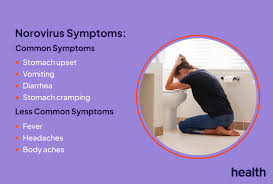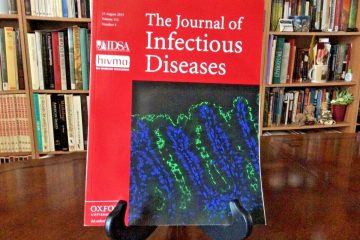Understanding the Symptoms of Norovirus

Importance of Recognising Norovirus Symptoms
Norovirus, often called the “winter vomiting bug,” is a highly contagious virus that leads to gastroenteritis, an inflammation of the stomach and intestines. As we enter the colder months, outbreaks tend to increase, making it crucial for individuals to recognise its symptoms and understand how to prevent its spread.
Main Symptoms of Norovirus
The primary symptoms of norovirus typically appear within 12 to 48 hours after exposure to the virus. Common symptoms include:
- Nausea: Often the first sign, patients may experience a sick feeling in their stomach.
- Vomiting: Many individuals suffer from frequent and severe vomiting episodes.
- Diarrhoea: Watery diarrhoea is another hallmark sign, which can lead to dehydration if fluids are not replenished.
- Stomach cramps: Abdominal pain and cramping often accompanies nausea and diarrhoea.
- Fever: A mild fever might occur, together with chills and body aches.
How Norovirus Spreads
Norovirus is highly contagious and can spread through:
- Direct contact with an infected person.
- Consuming contaminated food or water.
- Touching surfaces or objects contaminated with the virus and then touching the mouth.
Outbreaks can occur in closed environments such as nursing homes, schools, and cruise ships, highlighting the need for robust hygiene measures.
Prevention and Management
There is currently no specific treatment for norovirus infection. Management typically involves self-care methods such as:
- Staying hydrated with clear fluids.
- Avoiding solid foods until nausea subsides.
- Practising good hand hygiene by washing hands with soap and water.
Conclusion: Importance of Awareness
Recognising norovirus symptoms is crucial for prompt management and preventive measures. Outbreaks of this virus can lead to significant disruptions, particularly in communal living settings. Understanding how the virus spreads and taking appropriate actions can make a valuable difference in protecting oneself and others. With the colder months approaching, being informed can help reduce the risk of infection, ensuring a healthier season for everyone.








